Westeros is finally back on television, and there’s a whole lot to be excited about. HBO’s House of the Dragon, the first spin-off and prequel to the smash hit series Game of Thrones, premiered last night after much anticipation. The show had quite the legacy to live up to, and by all accounts, it checked off almost every box it needed to be considered a worthy successor. Coming on the heels of a controversial final season of Game of Thrones, House of the Dragon found its rhythm early and picked up where the absolute peak of Thrones left off. However, despite a rather strong start, nothing can be truly perfect. In a new weekly article series, Murphy’s Multiverse will break down both the best and the worst each episode of Dragon has to offer.
The Best – Jousting & the Politics of the Throne
There was quite a bit of good in this wildly eventful pilot episode, aptly titled The Heirs of the Dragon. With King Viserys I Targaryen, played by Paddy Considine, and his family suffering from some hushed health issues, the topic of the next royal heir is more relevant than ever in King’s Landing. This leads to several heated moments between Viserys’ advisors because as in any good court drama, nobody seems to be able to agree on who should gain true political power. The scenes focused on this are perhaps the episode’s most exhilarating, bringing fans back to a time when double-crossing and backhanded planning were the franchise’s main focus.
Specifically, the tension between Matt Smith‘s Prince Daemon Targaryan – a nasty fellow – and Rhys Ifans‘ Ser Otto Hightower – a calculated King’s Hand – proves to be among the very best the premiere puts forward. The two high-ranking officials at first appear to be on opposite ends of the political spectrum, but small moments throughout the episode hint that they may be more alike than their demeanors suggest. The major difference between them is their execution. Where Daemon is outward with his intentions and desires, often far too aggressively, Otto hides behind a façade of respectability. Both seem to want more power, but where Daemon will say this to his brother’s face, Otto instead sends his daughter to woo a grief-stricken friend. It seems House of the Dragon is setting up an ongoing conflict between its own versions of Aiden Gillen’s Littlefinger and Iwan Rheon’s Ramsay Bolton, which should be enough to bring any viewer back from week to week.
What the Westeros franchise does best, however, is bring together multiple smaller conflicts onto one larger stage. In Heir of the Dragon, this occurs at a joust. The King happily announces to his subjects that the Queen is in labor, something the audience knows to be a dangerous scenario, and allows the festivities to commence. During the “celebration”, nearly every plotline collides, intensified by the tragedy the viewers know is about to play out in the background. Daemon causes a stir, Otto confronts his anxieties, the Princess Rhaenyra questions her future, and men are murdered violently. Everything anyone could want from the show, wrapped up nicely in a single elongated sequence.
The Worst – The Death of Queen Aemma & Alicent’s, *Ahem*, Awkward Situation
It’s odd to call these things the “worst” of the episode when they were both also referenced as part of the “best”, but maybe that just speaks to the complexity of storytelling. Ever since the pilot of Game of Thrones hit the small screen in 2010, uncomfortable situations have been a key part of the viewing experience. The writers and directors on the series would tend to use the raw emotion of disturbing visuals and implications to their advantage, using the planned reactions from audiences to prop up the severity of important moments, and it’s now apparent the creatives behind House of the Dragon will do the same. Either way, the death of Queen Aemma Arryn, portrayed by Sian Brooke, is hard to watch, especially when it’s so obviously unnecessary and unfruitful for the man who ordered it. Yes, the scene works exactly as planned by the writers, but it also felt partly gratuitous to show so many of the gory details.
In a similar vein, watching Otto Hightower “suggest” to his young daughter that she “comfort” the King in his time of need was – to be honest – not great. Again, this is something that comes with the territory of Westeros, and it effectively tells fans everything they need to know about both Otto and Alicent at this point in time, but that doesn’t make it entertaining to witness. Prior Thrones storylines give viewers a pretty good idea of where this is likely headed, and it probably won’t be the fan favorite subplot going forward. Although, who knows? Maybe this is just the beginning of a Sansa Stark-type turnaround in future seasons. Viewers will just have to keep watching to find out.







